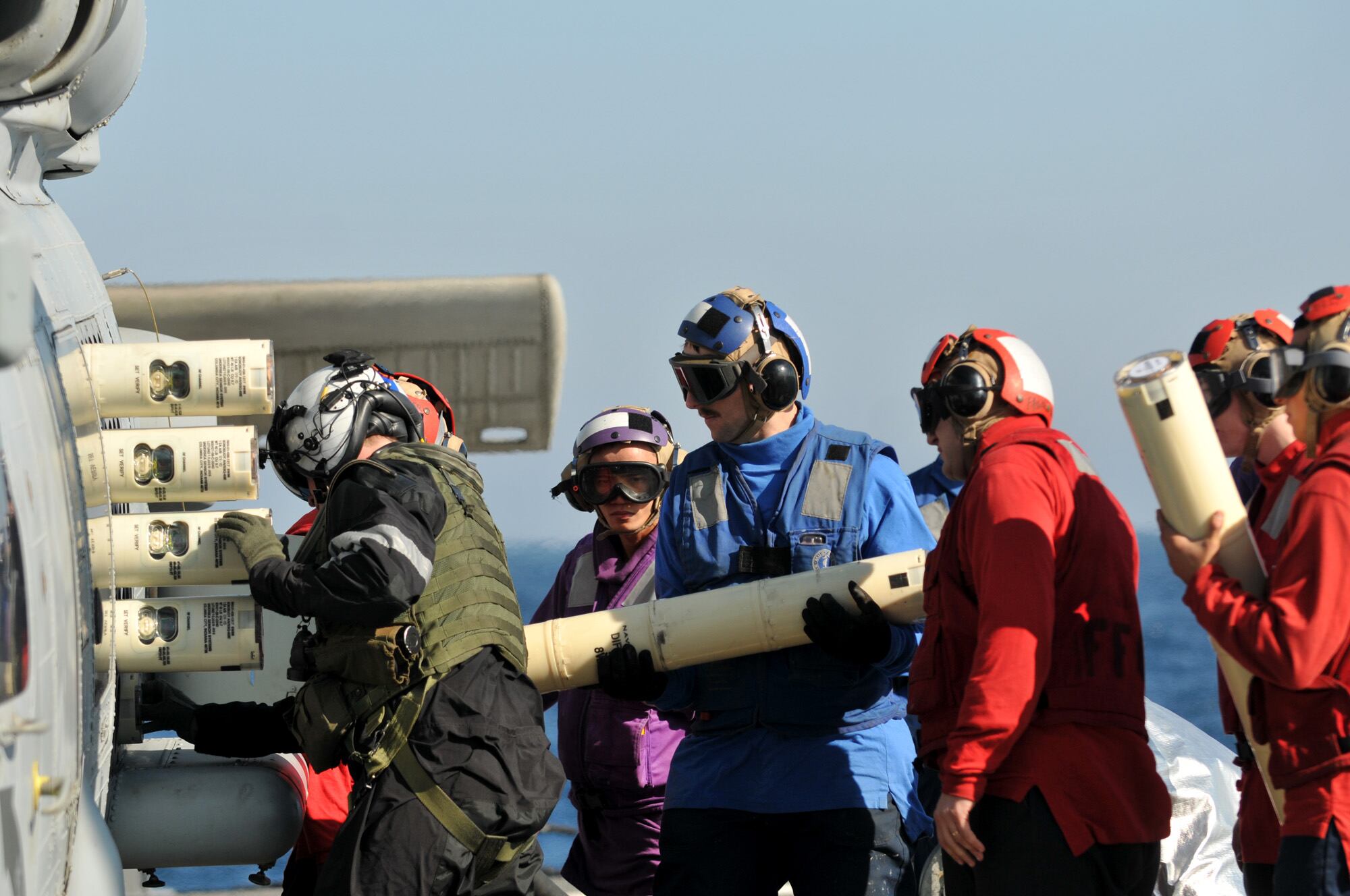SEATTLE — The U.S. Navy has finalized a plan to expand sonar testing and other warfare training off the coasts of Washington, Oregon and northern California.
The Navy decided to implement its preferred plan after a lengthy review that included a determination from the National Marine Fisheries Service that the exercises would not have major impacts on endangered orcas and other marine mammals. It announced its decision on Nov. 4.
The fisheries service last year renewed the Navy's five-year permit, through 2020, to conduct the activities in areas from the inland waters of Puget Sound in Washington state to the northern coast of California.
The plan includes expanding the use of "sonobuoys," devices that send out underwater sonar signals used by air crews training to detect submarines.
Critics worry the noise from sonar can kill or injure whales and disrupt their feeding and communications. They worry the Navy isn't doing enough to ease the impacts or restrict activities in areas that are biologically important for the animals.
The Navy said in its decision that the training exercises are need to ensure its forces are ready for conflicts and that it will follow strict guidelines and employ measures to reduce effects on marine species.
"The Navy goes to great lengths to mitigate areas where they can, while working with their agency partners and the public," said Sheila Murray, a spokeswoman with Navy Region Northwest.
The training range is home to endangered whales such as orcas, humpback and blue, as well as seals, sea lions and dolphins.

Sailors load sonar buoys onto an SH-60B Sea Hawk helicopter assigned to Anti-Submarine Helicopter Squadron Light (HSL) 44 aboard the guided-missile frigate USS Thach (FFG 43) in the Pacific Ocean on June 22, 2011.
Photo Credit: MC3 Stuart Phillips/Navy
The agency, part of the National Oceanic and Atmospheric Administration, last year agreed with the Navy that no marine mammal deaths were expected from the training activities. NOAA officials acknowledge thousands of marine mammals could be affected, but they expect mostly short-term behavior changes such as animals curtailing swimming or avoiding a particular location.
"It boggles the mind that the Navy proceeds without taking the most basic steps necessary to reduce harm, and NOAA doesn't call them on it," said Michael Jasny with the National Resources Defense Council.
The fisheries service will require the Navy to make efforts to avoid marine mammals such as establishing safety zones around vessels that use sonar; deploying lookouts who can shut down operations if marine mammals are in the area; and ensuring explosives aren't detonated when animals are within a certain distance.
Jasny said it's often very difficult to spot marine mammals in the water even under the best circumstances.




